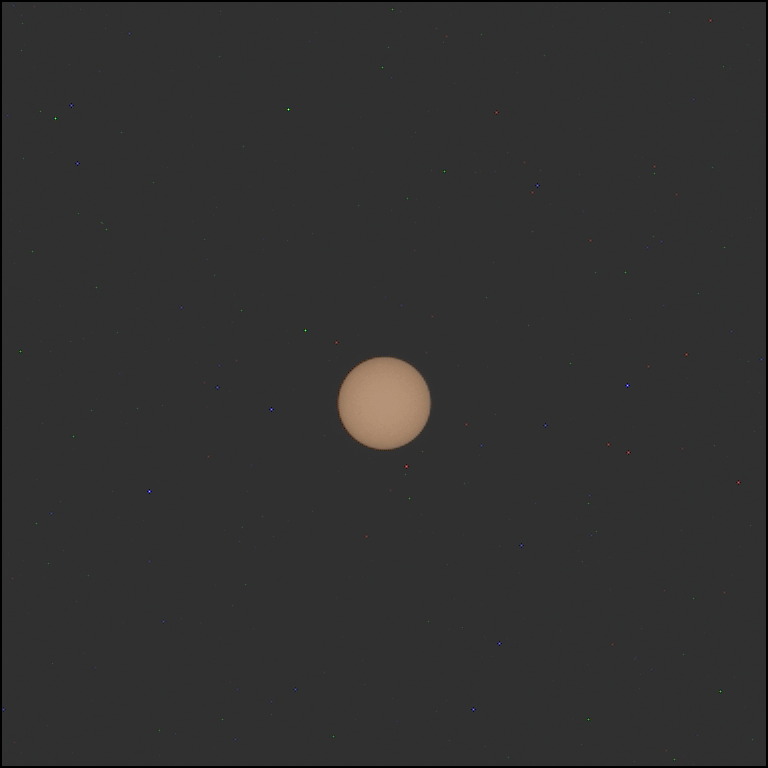Eclipses are not exclusive to our planet. While the Moon certainly makes it spectacular, often covering the Sun completely (at least for the next 600 million years), the other natural satellites in the Solar System cast their shadows too. And on Mars, humanity is lucky to have two working robots and two moons – multiple combinations and multiple chances to record eclipses.
The latest one took place on September 30, just days before Earth experienced a ring of fire eclipse. On Mars, it is less than a ring because the eclipsing object is the potato-shaped doomed moon Phobos crossing the Sun. On the ground, Perseverance was able to snap the celestial spectacle. The rover had already snapped another eclipse earlier this year.

Phobos eclipsing the Sun on September 30.
Image Credit: NASA/JPL-Caltech/ASU Animation by IFLScience
Phobos is 27 by 22 by 18 kilometers (17 miles by 14 miles by 11 miles), which is tiny, but it orbits very close to Mars – just 9,000 kilometers (5,600 miles) – so can block a good portion of the Sun. Actually, Phobos is the closest orbiting moon in the Solar System, going around the Red Planet in just seven hours. It has many peculiar surface features: one giant crater, a strange chain of craters, and more. These eclipses actually help to study this diminutive moon.
“Each time these eclipses are observed, they allow scientists to measure subtle shifts in Phobos’ orbit over time. The moon’s tidal forces pull on the deep interior crust and mantle of the Red Planet; studying how much Phobos shifts over time reveals something about how resistant the crust and mantle are, and thus what kinds of materials they’re made of,” NASA explained after a previous eclipse in 2022.
Phobos – along with Deimos, Mars’ second, slightly smaller moon – may have been part of a larger moon or a chunk of the Red Planet itself.
Source Link: Watch Mars's Doomed Moon Phobos Eclipsing The Sun On The Red Planet